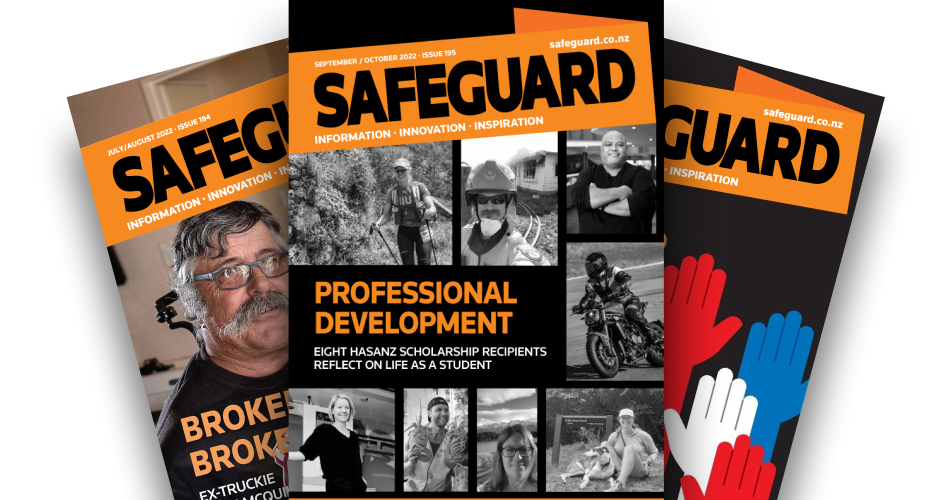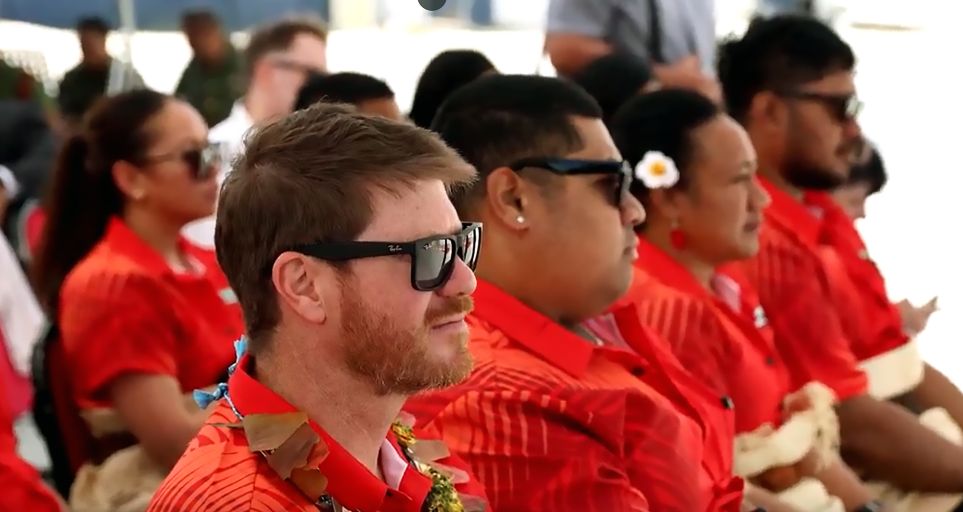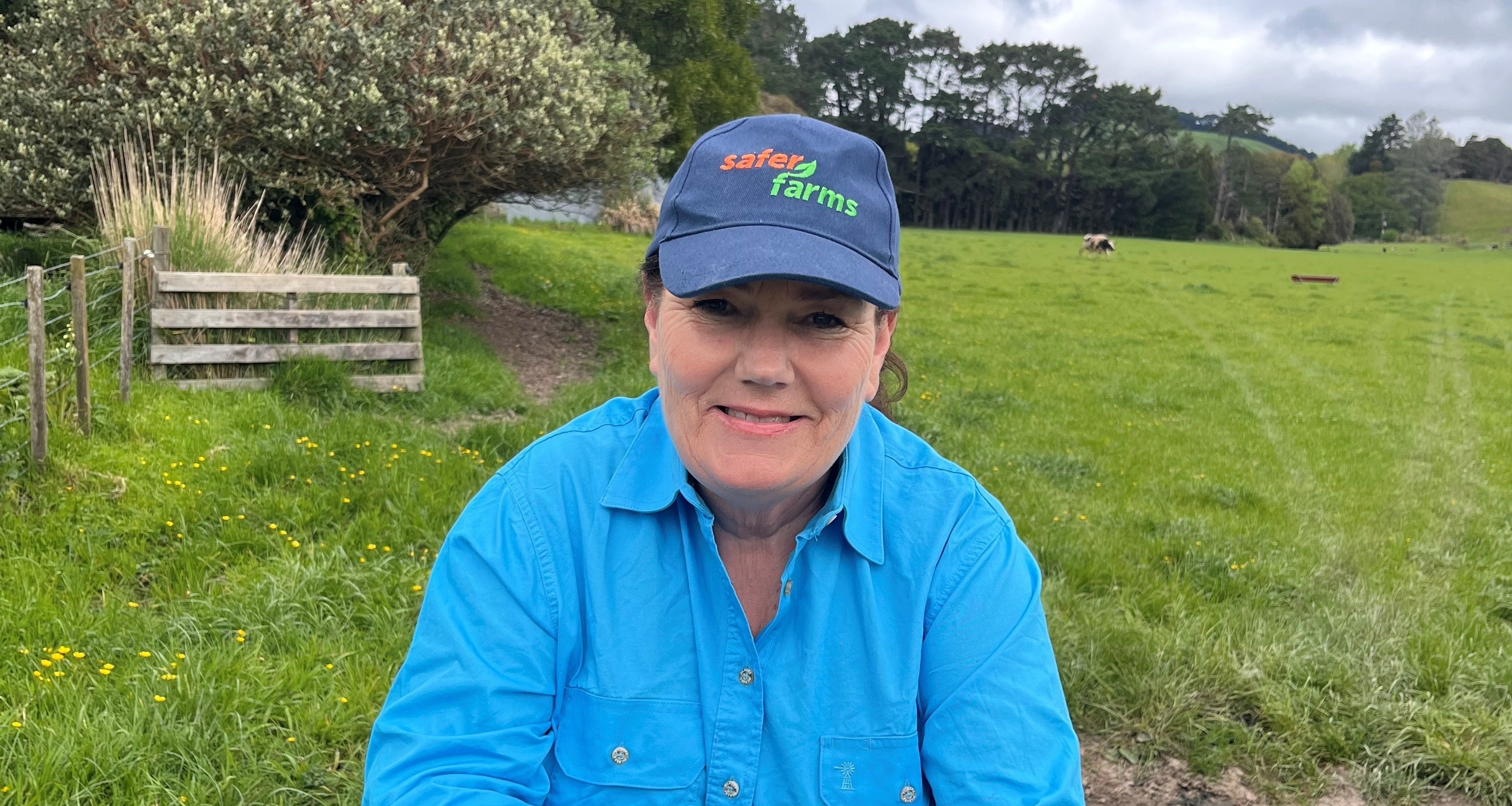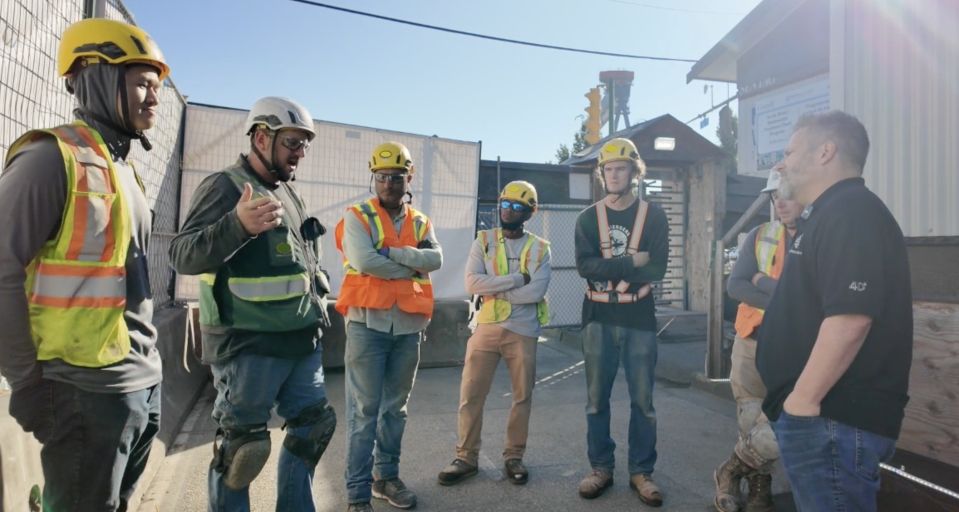We decided to use the Energy Wheel to sharpen our hazard spotting, especially in situations which don’t forgive if there’s a wobble in performance. We liked its ‘in the moment’ relevance, enabling better individual thinking on the potential of situations on the fly.
Also, because the research and science behind it lined up: it had been tested and standardised, so we thought, let’s go for it!
Its real strength is in conversation, so it’s a fixture in the daily prestart. It still requires some filtering by site leaders. It also sits in company inductions to support thinking across the business, as well as work planning, and in monthly bulletins applying it to what our people are experiencing in the field.
Good use of time
For our people, the Energy Wheel’s hazard-id logic stands up, more so than subjective assessments, and because it’s more straightforward than complicated risk matrices. We started hearing comments like “This is a good use of our time”, because it sharpens a focus on situations that can really hurt, rather than getting bogged down in minor risks.
Our people know it’s breaking new ground so they’re excited; they see the upskilling side to hazard-id and are willing to work for it. We’re now overhearing more talk about energy sources when we’re on site (or hovering over the office printer).
At executive level, we’re using High Energy Control Assessments in reports, a concept related to the Energy Wheel. There have been a few refinements over six months, but our Board gets it. We reckon it does what it promises – it gives our decision-makers much more of a full-frontal on hazard management and it capitalizes on their expertise.
We still need time with client stakeholders, but it has their interest piqued because of the correlation with the STKY approach.
Hazard board changed
We started with situational visuals to introduce energy sources and high energy hazards, like a falling person into a manway. We had a Eureka! moment when we decided to redesign our hazard board to prioritise high energy hazards, one through ten. We moved it to a prestart meeting hub with a large ACM-printed site map to cross reference the locations of high energy hazards with the list on the hazard board. These resources and the talk about where high energy hazards were on site got people interested.
The Energy Wheel is more of a feature now, including in induction videos which use images from our sites. That wasn’t overly difficult or expensive to do in-house, strung together by the brilliance of one Jenny Grainger and a bit of number eight wire.
We’re currently attempting to gut complicated risk matrices and replace them with a simple, clear, high-energy hazard focus that considers risk using the Energy Wheel. I think we’re lifting our knuckles higher off the ground as we go (could be wrong, of course).
Frequent enquiry
Tackle the introduction of the Energy Wheel with exercises and examples in the everyday operation of your business to help your people consolidate the concept. People in project delivery positions need a handle on this to support delivery in the field.
Visual reminders of the energy sources are important, as is a simple and frequent enquiry: ‘What do you reckon about that energy wheel?’ It often leads to an insightful and/or entertaining engagement, and a chance to build understanding – theirs and ours.
Take a look at Matthew Hallowell’s website safetyfunction.com and the energy-based safety resources there. CHASNZ is an excellent resource for support. Jon Harper-Slade is a font of all knowledge here. Tap into him.
If you think the Energy Wheel is right for you, be prepared to talk to stakeholders often and simply, and if possible, demonstrate how it works and why it matters. It sits squarely in critical risk management, but the concept is not what many stakeholders are used to hearing. But we reckon it’s worth the effort.
Susy Pryde is health, safety and environment manager with Cassidy Construction.




